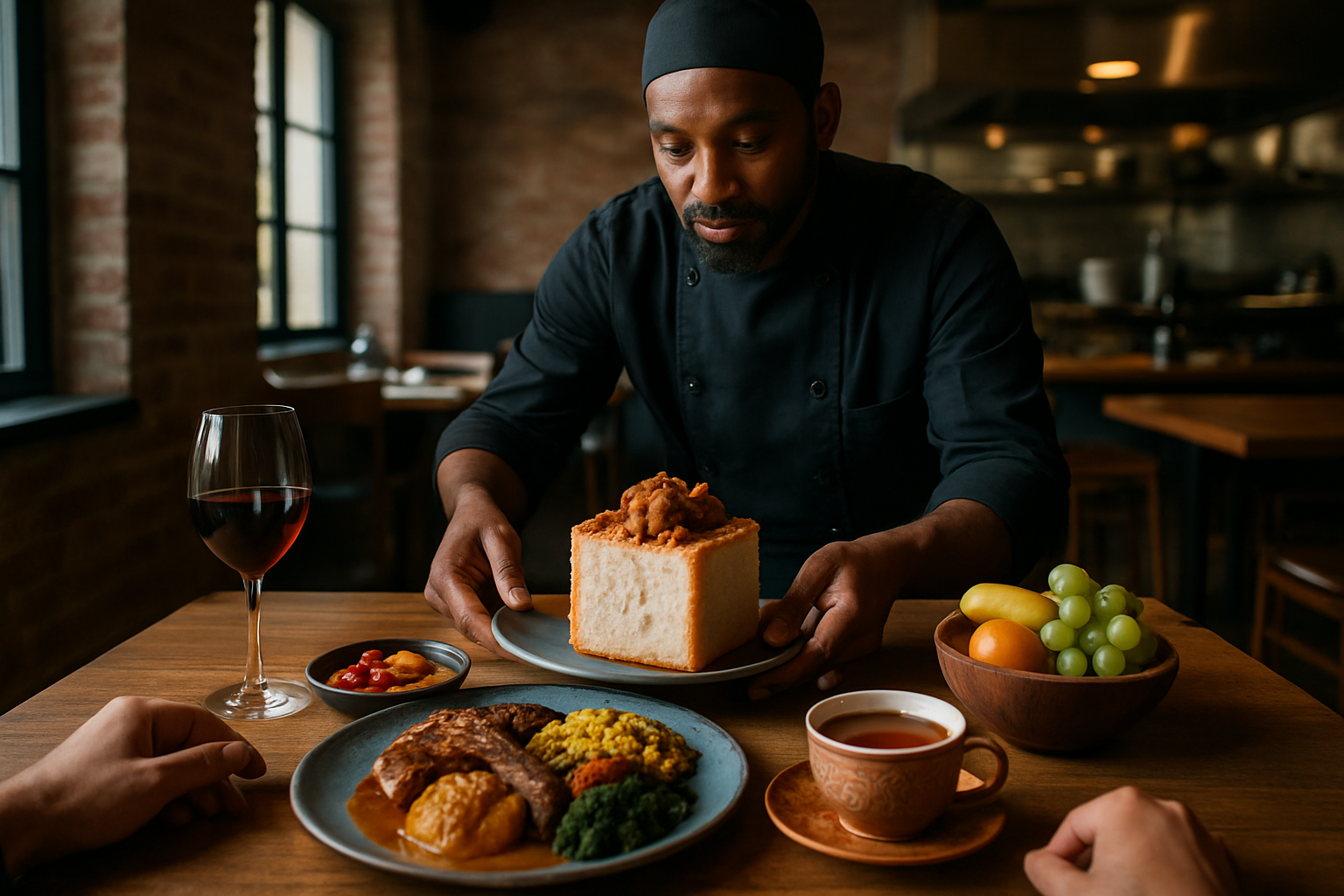Complete Guide to Exceptional Restaurant Dining
Discover how to choose and enjoy restaurants like a pro. This in-depth guide covers cuisine types, service, ambiance, pricing, reservations, etiquette, and modern trends such as contactless payments and sustainable sourcing. Learn how to pick the right spot for any occasion and get practical tips for menus, dietary needs, and maximizing value when dining out.

Exploring Restaurant Cuisine Styles
Restaurants bring the world’s flavors to your table. Many venues focus on a single regional tradition—think Italian trattorias, French bistros, Japanese sushi bars, or Mexican taquerías—where techniques and ingredients reflect long culinary histories. Others embrace fusion, blending elements from different cultures to craft inventive plates. In addition, an increasing number of eateries design menus around dietary preferences, offering vegetarian, vegan, gluten-free, and other options to meet guest needs.
What Defines a High-Quality Dining Experience
Several core elements shape how memorable a meal feels. Ingredient quality and freshness are fundamental; superior raw materials elevate preparation and flavor. Skilled kitchen teams and well-trained servers contribute not just to food quality but also to the ease and enjoyment of the meal—knowledgeable staff who can answer questions and anticipate needs improve satisfaction dramatically. Finally, atmosphere matters: lighting, music, layout, and décor create the context that turns a meal into an occasion.
Pricing, Categories, and What You Get
Restaurants vary widely in price depending on their format, location, and service level. Below is a quick reference to typical categories and what diners can expect.
| Restaurant Category | Average Meal Cost Per Person | Typical Inclusions |
|---|---|---|
| Quick Service | $8-15 | Main dish, side, beverage |
| Casual Dining | $15-30 | Appetizer, main dish, beverage |
| Fine Dining | $50-200+ | Multiple courses, premium service |
| Buffet Style | $20-40 | Unlimited food selection |
Prices, rates, or cost estimates mentioned in this article are based on the latest available information but may change over time. Independent research is advised before making financial decisions.
Practical Tips to Enhance Every Visit
Plan ahead for crowded or popular spots by making reservations—this reduces wait times and usually guarantees better seating. Reading recent reviews and scanning the menu online beforehand helps set realistic expectations about portion sizes, flavors, and price. Simple etiquette—respecting dress codes, following tipping norms, and arriving on time—can smooth the experience for both guests and staff.
Many restaurants now provide online ordering, delivery, and curbside pickup, making it easier to enjoy their food outside the dining room. If you have dietary restrictions or allergies, call ahead or include notes when ordering online to ensure the kitchen can accommodate your needs. Servers typically appreciate clear communication, and kitchens can often adapt dishes when given notice.
Service, Etiquette, and Dress Codes
Service style varies by venue. Quick-service places emphasize speed and value, casual dining focuses on comfort and affordability, and fine-dining establishments prioritize formality and attention to detail. Tipping expectations differ by country and culture—research local customs to avoid misunderstandings. Dress codes range from casual to business-casual or formal; if unsure, err on the side of neatness or check the restaurant’s website.
Choosing Value Over Price
A higher price tag does not always guarantee a better experience; look for value instead. Consider ingredient quality, portion sizes, the creativity of the menu, and service standards. Specials, prix fixe menus, and off-peak dining can offer excellent ways to sample higher-end cooking at a reduced cost. Buffets may appeal to those seeking variety, while tasting menus are ideal for diners who want a curated culinary journey.
The Role of Technology and Sustainability
Technology increasingly shapes how restaurants operate and how diners interact with them. Contactless payments, digital menus, reservation apps, and streamlined delivery platforms are now commonplace, improving convenience and safety. Meanwhile, sustainability is becoming a central focus: many restaurants source locally, reduce food waste, and adopt eco-friendly packaging and energy practices. These choices can influence dining costs but often reflect a venue’s commitment to community and the environment.
Planning for Special Occasions and Group Dining
When celebrating milestones, notify the restaurant in advance—many venues offer special arrangements, private dining areas, or customized menus. For groups, pre-ordering or selecting a set menu simplifies logistics and ensures faster service. Communicate any dietary needs across the group to the host so the kitchen can prepare accordingly.
Final Thoughts on Modern Dining
Dining out remains one of the most social and enjoyable ways to experience food culture. Understanding cuisine types, the hallmarks of good service, pricing structures, and evolving trends helps you pick the right restaurant for any occasion. Whether you’re grabbing a quick bite, enjoying a relaxed meal with friends, or indulging in a multi-course tasting, being informed enhances enjoyment and helps you make choices that suit both your palate and your budget.




